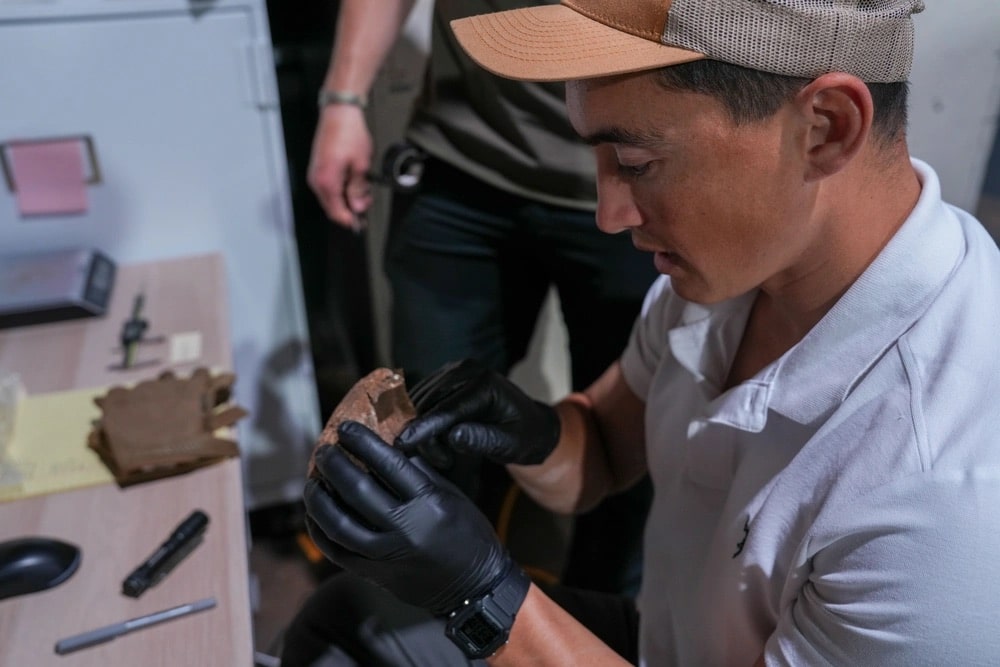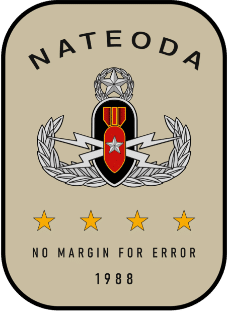…
This content is for Regular, Associate, Corporate, and Trial Membership members only.
If your membership is expired, please click below to Renew your account.
Renew Now
Click below if you don’t have a membership.
Join Now
Already a member? Log in here

